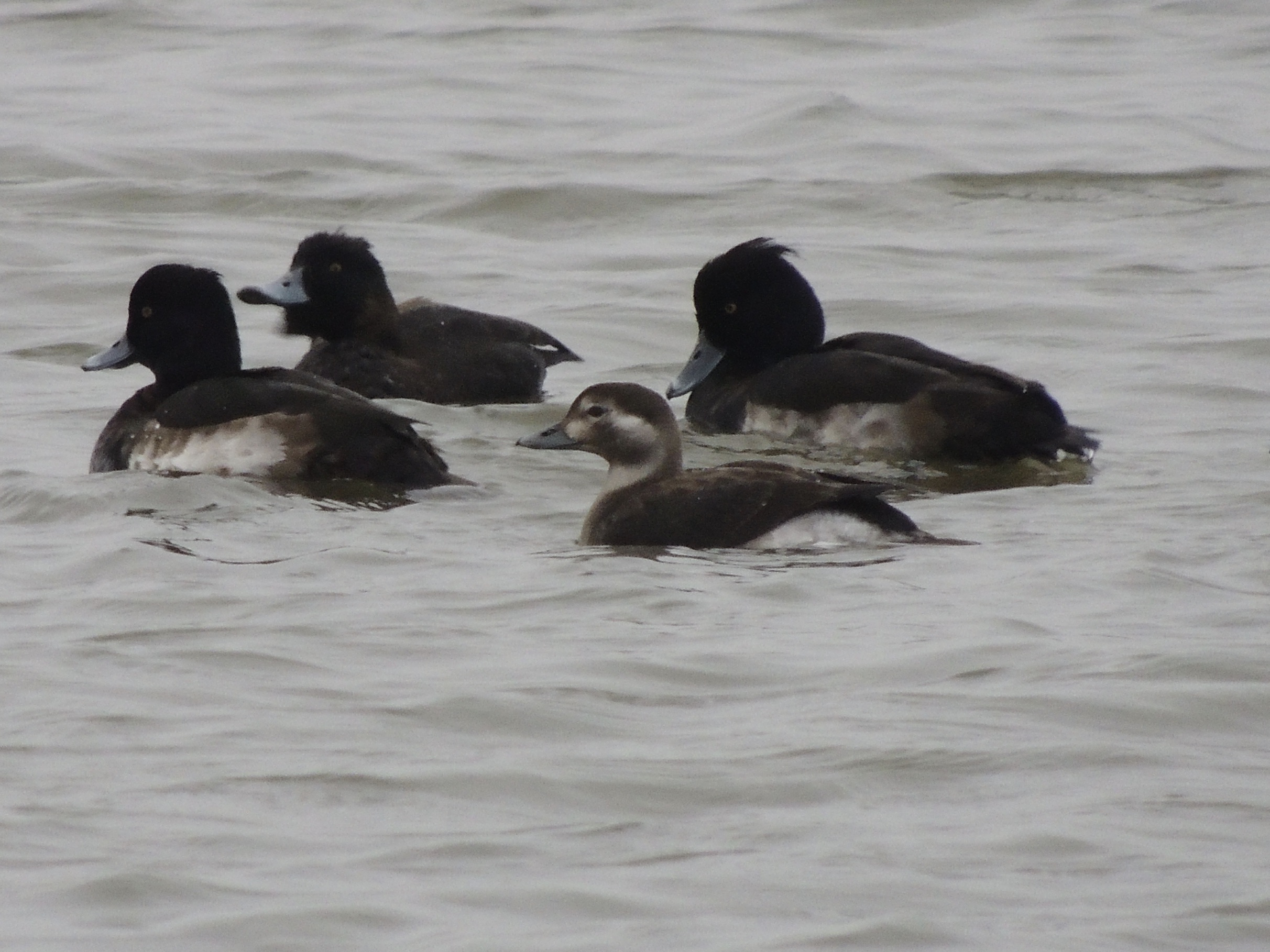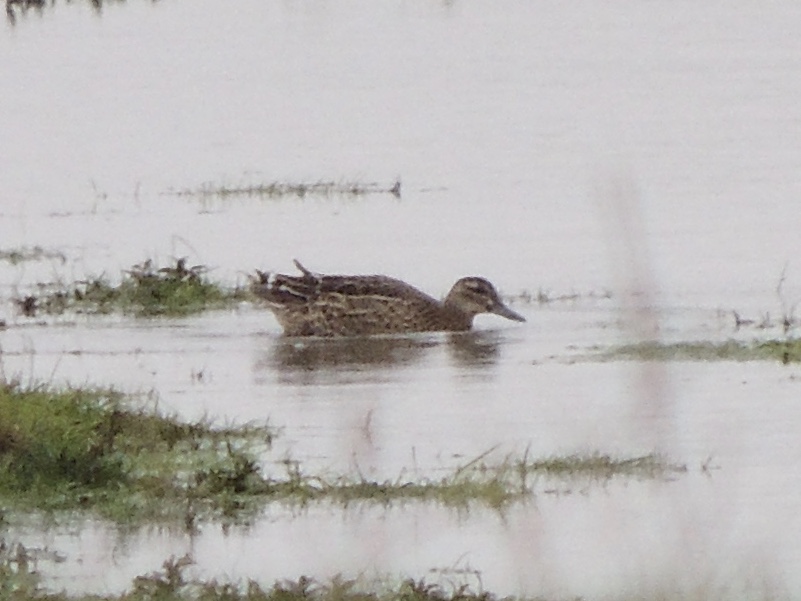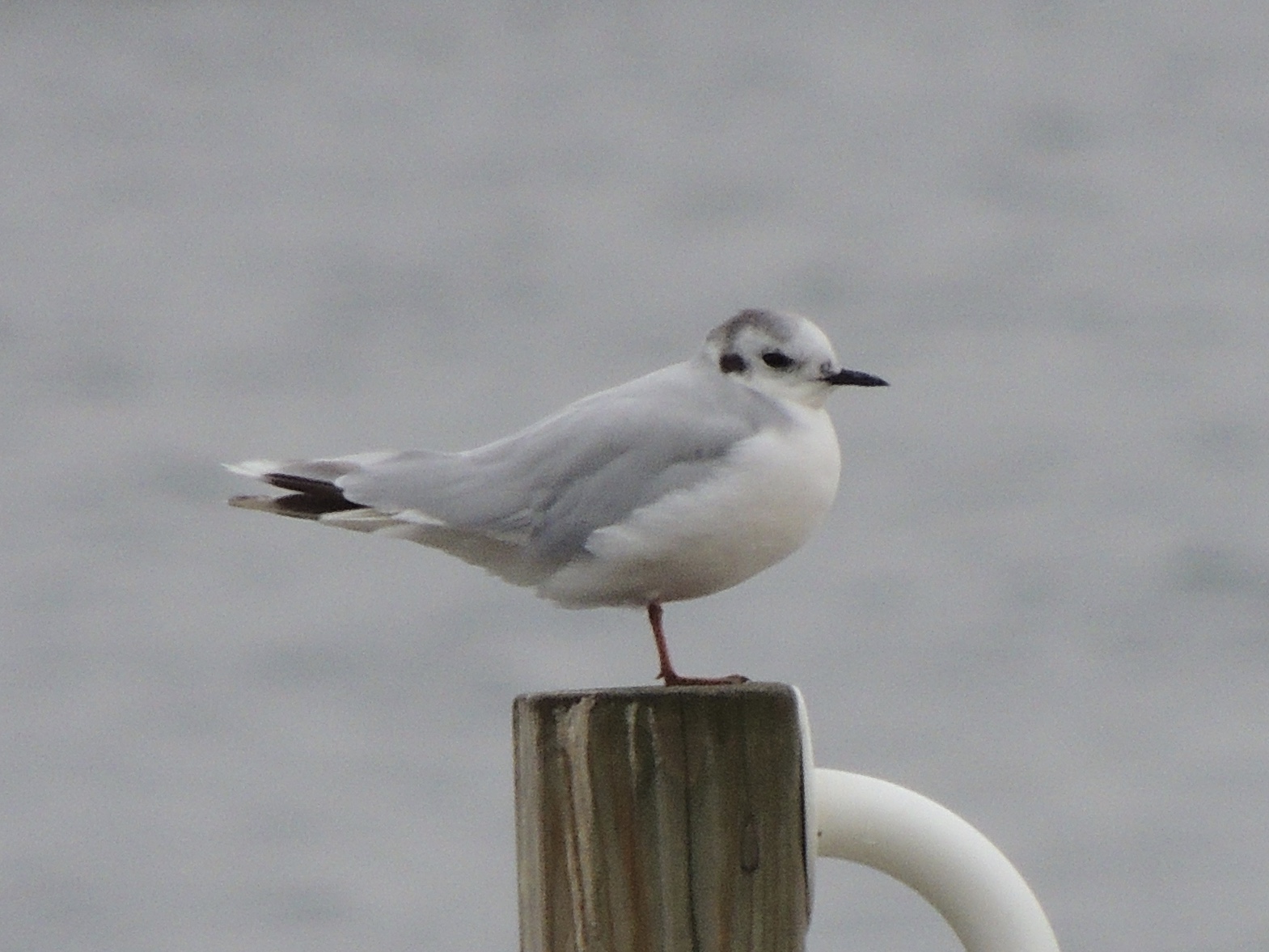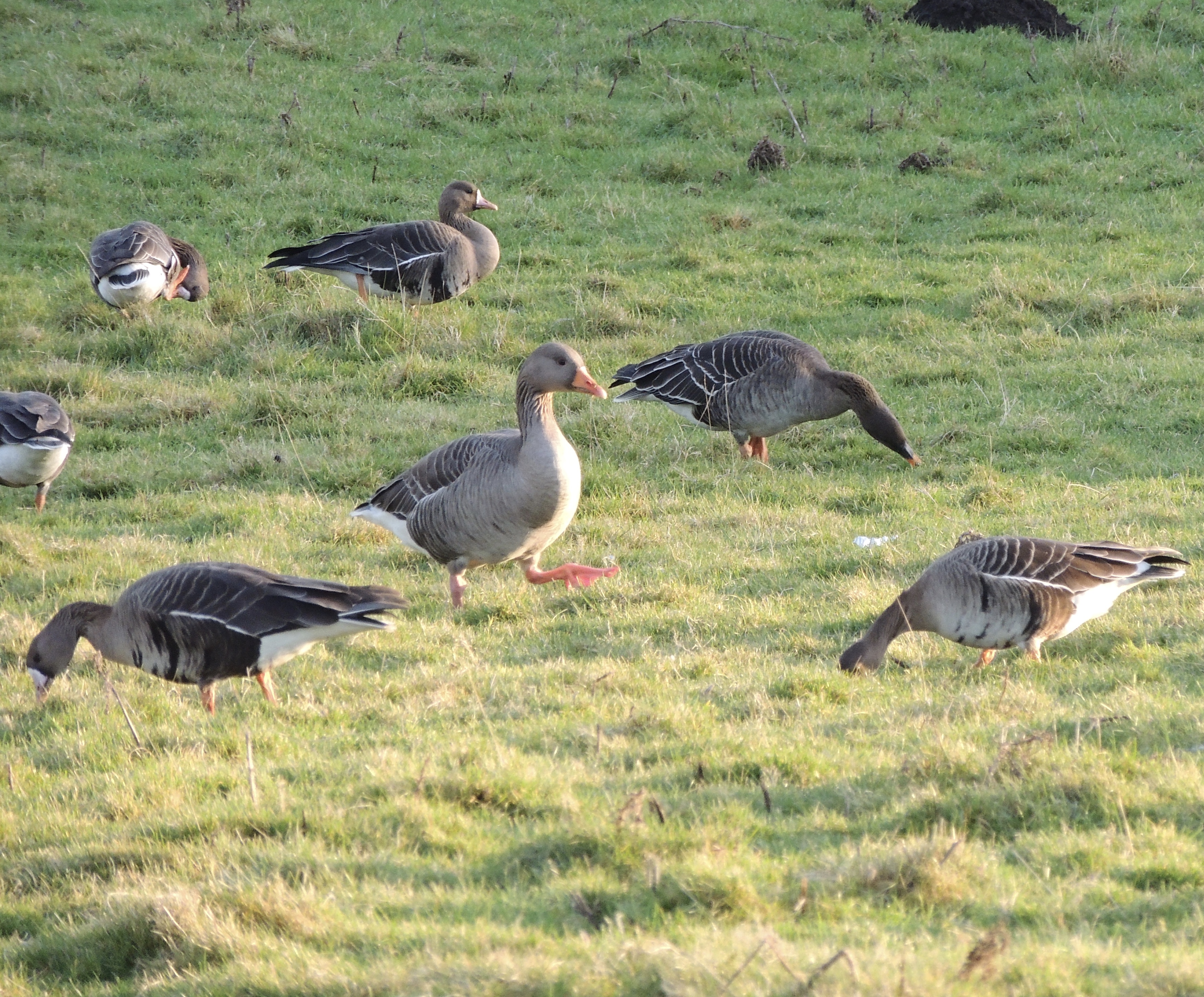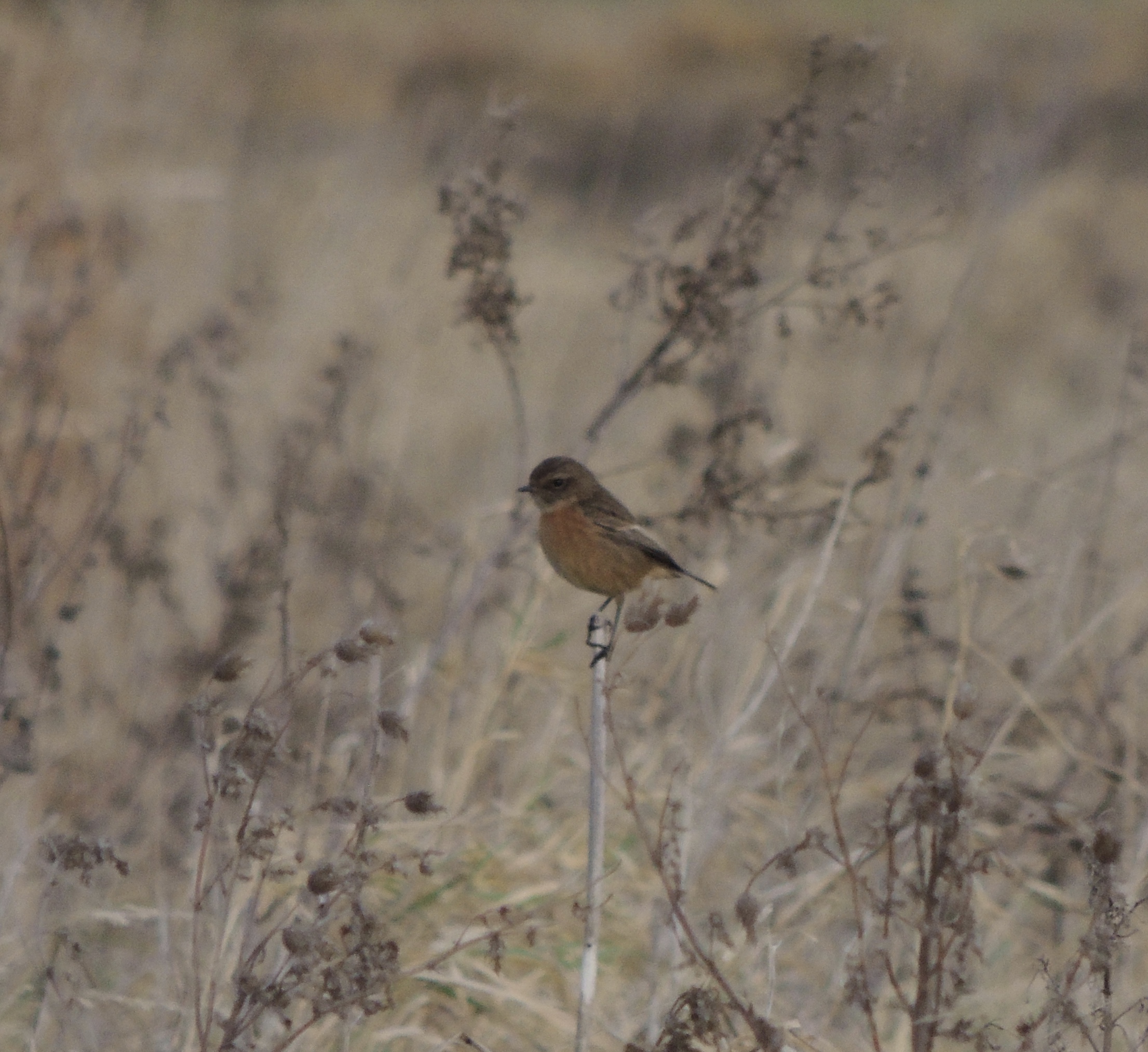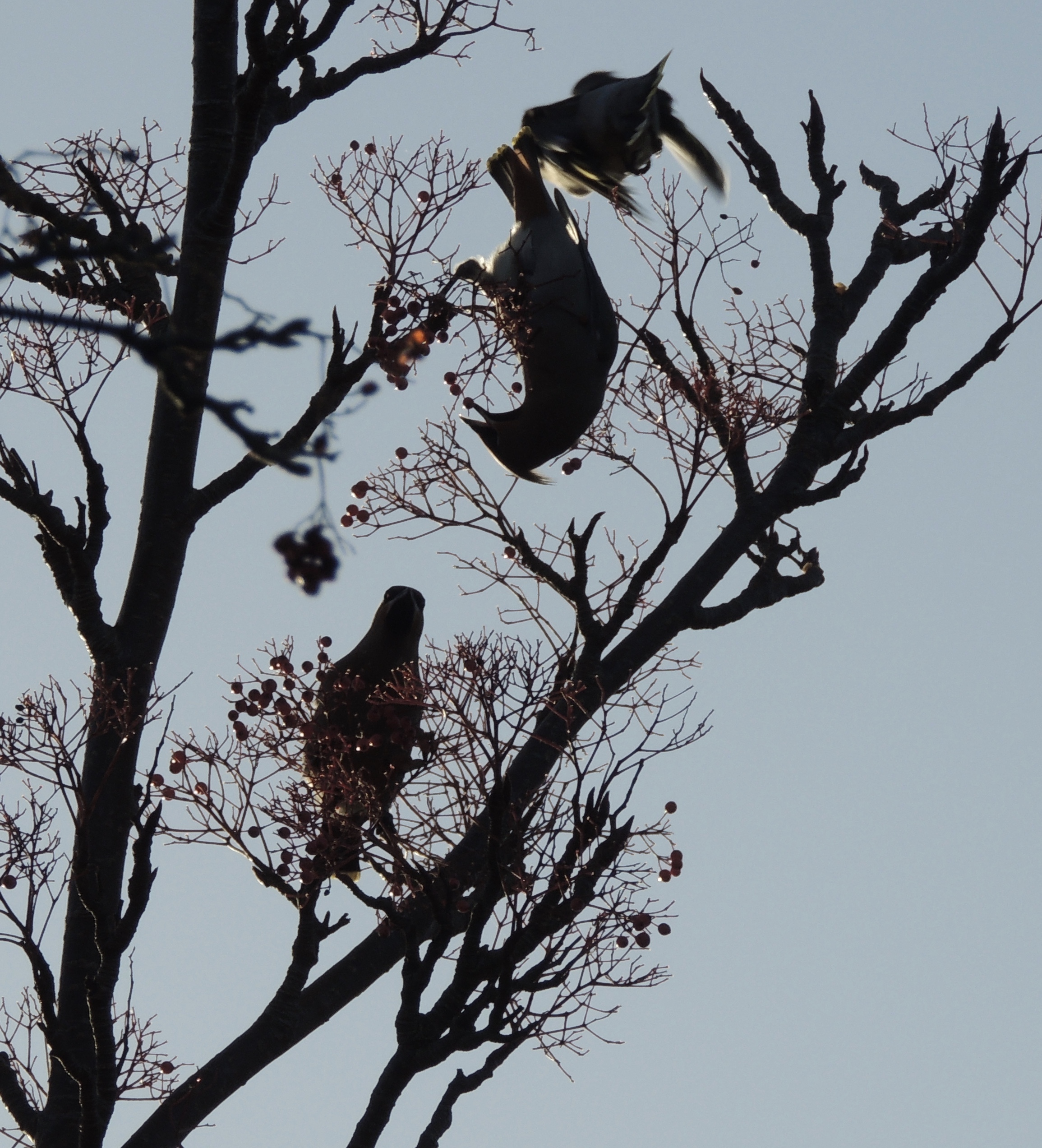Late morning on Thursday 26th May a pale morph Eleonora’s Falcon was identified from photographs in Kent flying over Sandwich Bay mid morning. Early afternoon it was seen over nearby Worth Marsh. As has been the pattern in the UK however it wasn’t seen again that day. For more details check RBA round up [my only be available to subscribers}.
However on Friday it was seen again mid morning again over Worth Marsh. This time however it lingered. I was out with the dog in Cottingham walking up Northmoor Lane to view New Ings. Found a Clouded Silver moth, only my fourth record, in my garden trap 20.5.11, Tophill Low NR 8.6.14 and at Millbeck Wildlife, Cottingham 12.6.17. Otherwise nothing unusual bird wise. The falcon was still lingering and I was thinking about contacting Tony but couldn’t believe it would linger much longer.

It was still hanging on when I went out with Roy. Mentioned it but he showed no real interest. Started off doing a seawatch off Hornsea but as expected in late spring we had little of interest then moved to the 1st field of Hornsea Mere late afternoon. Three birders from Suffolk were looking for Little Gull. Eight had flown through early morning and John returning from the west end had seen one near Decoy Bay. I picked up what I was sure was a Little Gull distantly on a “dirty” buoy. Went the edge of 2nd field and eventually it flew showing the characteristic W on the wings of a first winter. It slowly drifted east where it was joined by another six that presumably had in come off the sea. Didn’t see any Hobbies this time though.




On the way home Tony texted to say he would go overnight for the Eleonora’s Falcon. After a worrying wait for dark incase it flew off high we set off, after picking up Richard, just before midnight confident it would be around on Saturday. Arriving at the car park in Worth early morning we took the track to the marsh to join an increasing number of twitchers but never excessive as presumably many will have made it yesterday. Just before seven it was located in a distant hedge and after walking a bit further and some frustration getting on it I was watching a very distant falcon shaped blob. It was darker than a Hobby and the closed wing tips were level with the tail tip which was good for Eleonora’s but it was almost motionless even when attacked by Magpies and kept it back to us. Walked further to cross the railway line where you got another angle and although not much closer it was head on showing the characteristic orange breast, another good feature. Also had a short flight. Walking back saw the female Red-footed Falcon although too distant to be worth photographing. Went back to our earlier position where I photographed Scarce Chaser, a new species for me as it lives up to its name but like most dragonflies is expanding its range with climate change. Also had several Banded Demoiselles.

I had started to think the falcon was moribund but if it was going to fly would do mid morning when insects became active on what was a cool day for late May and almost on cue it got up and flew across to Great Wood giving close over head views. It had a longer wings and tail making it obviously different from a Hobby. Although distant it regularly flew over the wood occasionally perching in view.


Second summer female Eleonora’s Falcon-Worth, Kent

Also had my first Cuckoo for two years with Avocet and a very distant fly past Spoonbill year ticks.
Early afternoon we decided to move on but it performed [possibly better?] for all comers until dusk.
I’ve seen Eleonora’s Falcon before in May 2000 on Cyprus so maybe it wasn’t as exciting for me as for Tony and Richard and anyone else for whom Eleonora’s Falcon was a totally new bird but I felt a bit underwhelmed wishing I’d had the sort of views had on Friday. Not the first time admittedly in recent years I’ve felt this way when a twitch has been less about enjoying great views of an unfamiliar bird rather than just enough to say I can put on a list.

The Eleonora’s Falcon was late seen mid morning Saturday 4th June. With the Platinum Jubilee holiday hopefully everyone who wanted got a chance to see it.
Somehow seem to have forgotten this was my 500th for Britain & Ireland. Need one more for Uk only. Maybe that will mean more?







